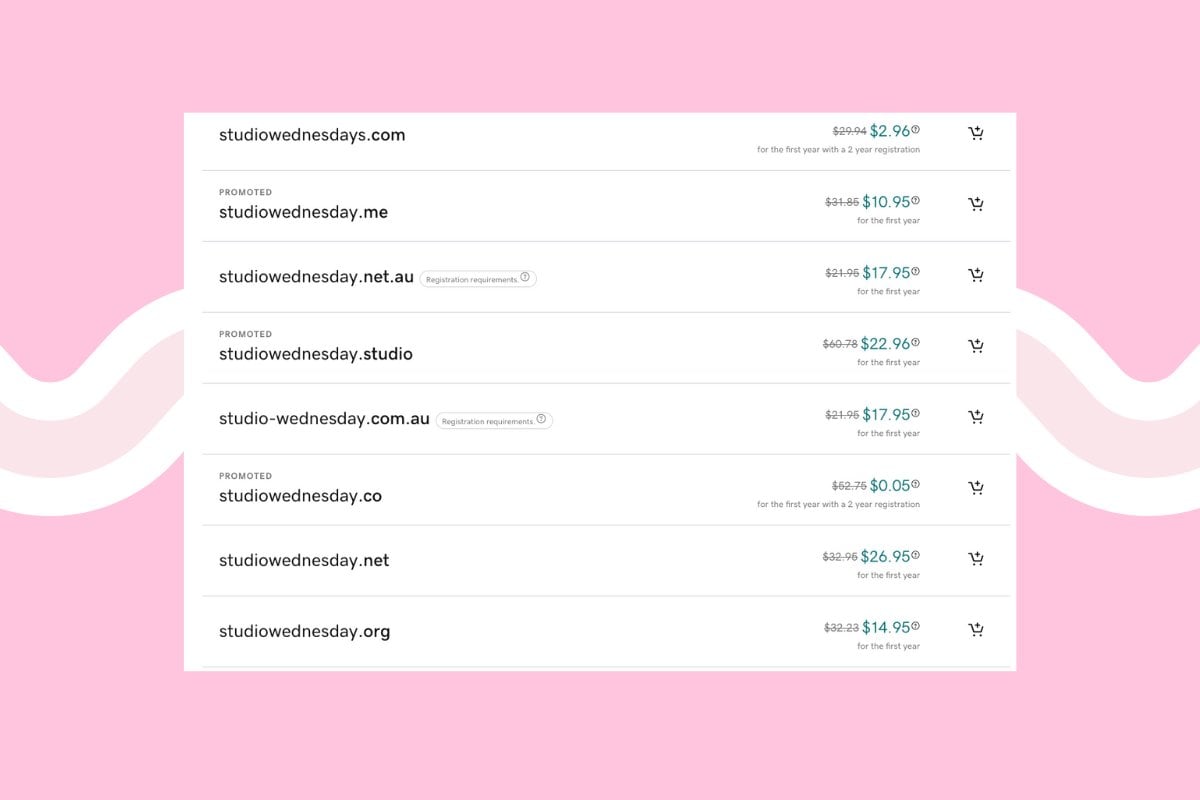

I accidentally stumbled into the wild world of business a year and a half ago. It wasn't exactly the plan, but when our old pal COVID reared its ugly head and chopped my income and hours in half, I had to think on my feet.
Paired with my best friend (who conveniently happens to be an incredible graphic designer), we decided to put our brains together and brew a business that could serve a whole heap of lady startups who were looking for help with their branding and content.
In one afternoon, during a meme-stuffed back and forth on WhatsApp, we made it official by deciding on the name 'Studio Wednesday' — a rom-com-cute nod to the day we first met.
As a total business noob, I thought we'd knocked off the biggest and trickiest milestone of deciding what we were going to be called. I rewarded myself with a coffee, and thought, 'how cool, I'm now officially a business owner'.
... except, I wasn't.
Because, turns out, there's a whole heap of very important, serious and legally-binding things you need to tick off before you can actually call yourself a business owner and function as a legit company.
This tick list at the time was a big, blurry mess and my co-founder and I found ourselves running into hurdles in those first couple of months, because we definitely weren't doing things in the right order. Or any order at all, really.
BUT 👏 I 👏 DON'T 👏 WANT 👏 THAT 👏 FOR 👏 YOU.
So I'm going to retrospectively walk you through the right order of very important things you need to do when you're starting a business. There will be a hearty mix of mushy emotional decisions and do-this-to-avoid-accidentally-going-to-jail tasks to tick off, so grab a large cappuccino and let's get into it.

Top Comments